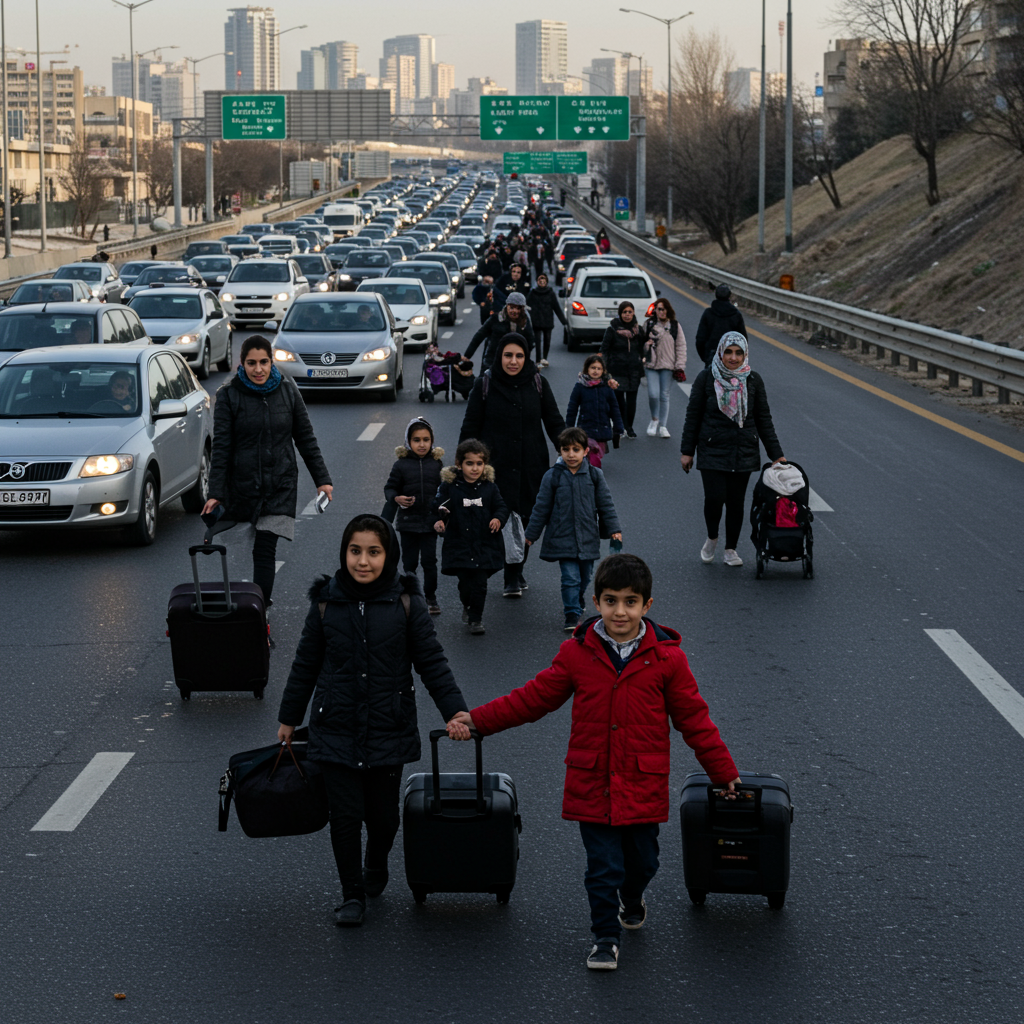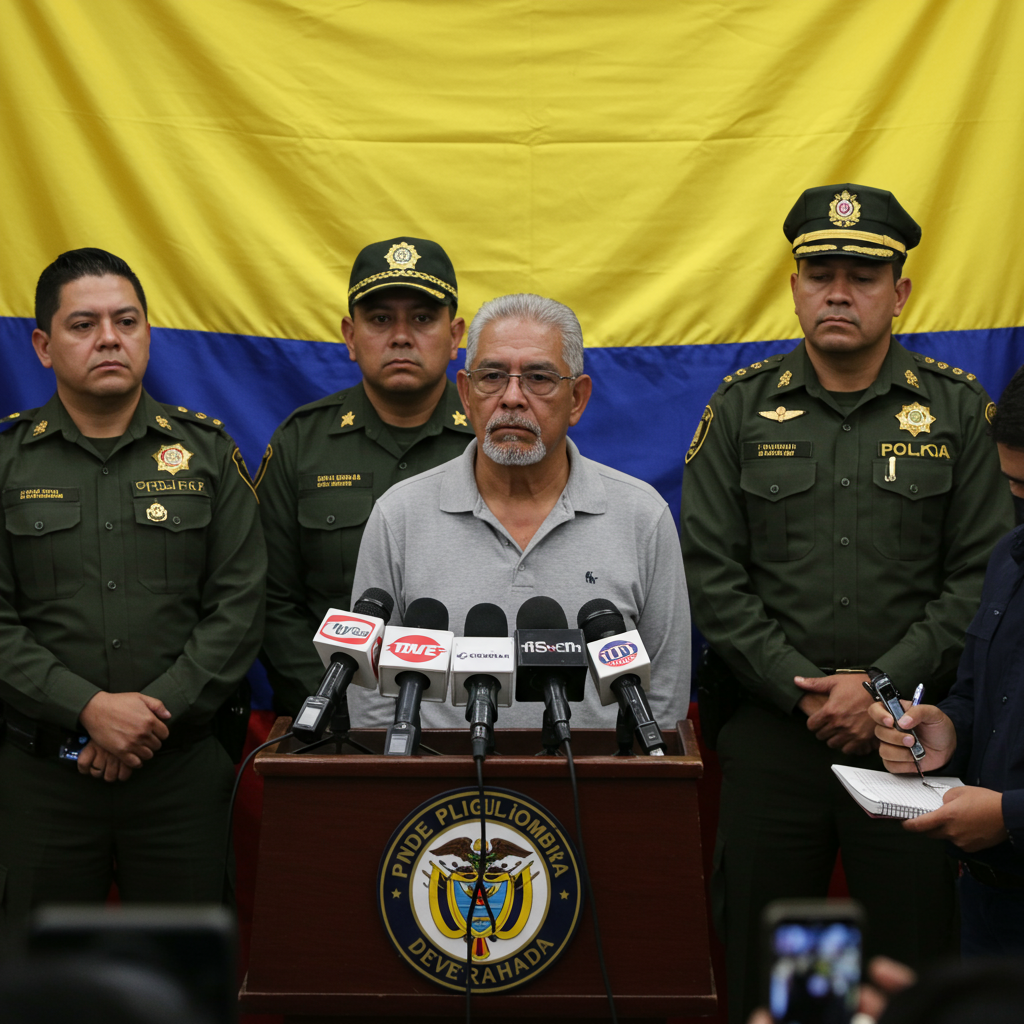Highways pulse with traffic into tehran once more, signaling a cautious return after 12 days of intense conflict. Families laden with luggage journey back, clutching tentative hope that home might finally be safe following the ceasefire. Yet, this fragile peace arrives after a war that killed over 600 Iranians and displaced hundreds of thousands from the capital region, leaving a city visibly scarred by israeli air strikes and an uncertain future casting a long shadow.
Returning residents find relief in familiar surroundings, a feeling many describe as akin to “heaven” after the hardship of displacement. But this comfort is deeply intertwined with the persistent fear that violence could erupt again at any moment. For those forced to flee, abandoning established lives was a profound disruption. A graphic designer named Nika, 33, who sheltered in Zanjan, hundreds of kilometers northwest of the capital, spoke of the difficult adjustment. She and her husband stayed with relatives, sacrificing privacy and peace of mind for physical safety. Despite the relief of returning to her own two-bedroom flat, the precariousness of the ceasefire weighs heavily.
The conflict, which commenced on June 13th with what Israeli Prime Minister Benjamin Netanyahu termed a preemptive strike on Iran’s nuclear facilities, rapidly escalated. It marked an unprecedented direct exchange of fire between Iran and Israel, bringing warfare directly to Tehran for the first time in decades. As Israeli attacks, particularly on residential areas, intensified alongside evacuation warnings from US and Israeli officials, many residents made the agonizing choice to seek safety in other cities and villages across Iran. The scale of destruction was significant; the Israeli military claimed strikes on over 100 targets across Iran, affecting Tehran and provinces including Alborz, East Azerbaijan, Isfahan, Fars, and Kermanshah.
The Profound Impact on Daily Lives
Leaving the city meant halting routines and disconnecting from established support systems. Saba, a 26-year-old university student, recalled her previously busy life of work, study, and managing her own home grinding to an abrupt halt. University exams were postponed, her workplace shifted to remote operation, and one by one, friends departed Tehran. This created a terrible loneliness, she recounted. While she tried to maintain a sense of normalcy during the day, the sounds of bombing and air defenses at night were impossible to ignore. Unable to secure her own transportation, her father drove from Quchan in northeastern Iran to bring her to the family home, where she remained until the ceasefire took effect.
Kamran, a businessman heading a private firm in the capital, initially tried to stay and keep his company running. He noted that while daytime life was manageable despite the sounds of conflict, the nights became truly unbearable for him and his family. Many chose to leave in the conflict’s initial days, facing significant hurdles. Long queues for fuel made securing enough gasoline difficult, and major exit routes were choked with heavy traffic as countless cars attempted to escape the city.
The human toll was devastating. According to the Iranian Ministry of Health and Medical Education, the conflict resulted in at least 610 fatalities and 1,481 injuries. Over 90 percent of these casualties were civilians. This grim statistic includes vulnerable populations caught in the crossfire. Among those killed were at least three Afghan migrants. An 18-year-old laborer named Abdulwali, who had recently come to Iran seeking work to support his family, lost his life in a strike on a Tehran construction site. Many Afghan refugees in Iran, particularly the estimated 2.6 million undocumented individuals among the total 3.5 million Afghan population, found themselves in an impossible situation. Lacking legal status, they had no access to formal shelters, aid, or even reliable information during internet blackouts. Employers leveraged their undocumented status, sometimes disappearing without paying wages. This highlights a critical humanitarian crisis for those with “nowhere to run,” caught between danger in Iran and the Taliban regime back home.
Damage and Distrust in the Conflict’s Wake
Not everyone returning found their homes intact. Renowned Iranian musician Keyvan Saket learned his residence had been struck by an Israeli missile while he was sheltering elsewhere. Rushing back after the ceasefire, he discovered that while one bomb had miraculously failed to detonate, sparing further destruction, the damage was still extensive. Shattered doors and windows, an obliterated building facade, and severely damaged appliances like washing machines and refrigerators painted a scene of devastation. The sheer force of the attack even mangled the building’s iron doors. Saket expressed deep sorrow and condemnation of war, lamenting the loss of his cherished home.
Beyond physical damage, the conflict has left a deep sense of uncertainty and potential internal turmoil within Iran. The leadership faces the complex task of rebuilding and navigating a significantly altered regional landscape. Israeli strikes reportedly severely depleted the upper ranks of Iran’s powerful Revolutionary Guard and its ballistic missile arsenal. While Iran insists its nuclear program is peaceful, having enriched uranium to 60%, the status of its facilities after the strikes is debated. Former US President Donald Trump controversially claimed US attacks “obliterated” specific Iranian nuclear sites, a claim disputed by leaked intelligence suggesting the damage only set the program back by months.
The conflict exposed potential deep-seated issues of disloyalty and the extent of Israeli intelligence infiltration, evidenced by the precision of strikes targeting military and nuclear figures. This has created significant distrust within the system, potentially hindering effective security planning. Some analysts suggest a purge might be necessary, though who would execute it remains unclear. This climate of mistrust could also explain the recent absence of Supreme Leader Ayatollah Ali Khamenei from public view.
Geopolitical Tensions and the Path Forward
The ceasefire itself remains incredibly fragile, with both sides accusing each other of violations immediately after it took effect. Reports included continued Israeli strikes in Tehran, including on Evin Prison, and Iranian missile strikes in Israel. Israeli Defence Minister Israel Katz stated that Israel had intended to assassinate Khamenei but lacked the “operational opportunity,” a claim seemingly contradicting reports of a US veto and disputed by evidence of Khamenei releasing videos. Katz also indicated that Israel was developing an enforcement plan, including maintaining air superiority and preventing Iran’s nuclear and missile advancements. The ceasefire was reportedly brokered by the US after an Iranian missile attack targeted a US troop base in Qatar. Both sides have declared victory, interpreting the outcome through vastly different lenses.
Compounding the external pressures are severe domestic challenges. Iran’s economy suffers under international sanctions, corruption, and mismanagement. Long-standing issues like rolling blackouts are expected to worsen as the population returns to Tehran. The war briefly paused the dramatic collapse of the Iranian rial, which has plummeted against the dollar in recent years, a decline expected to resume. The battered leadership faces the risk of intensified crackdowns on domestic dissent, particularly given previous protests fueled by economic hardship and social issues like mandatory hijab rules. While many women continue quiet defiance, activists fear the war could lead to new restrictions.
The future direction of Iran’s nuclear program is a key uncertainty. While some observers believe Khamenei previously opposed a nuclear weapon to avoid war, the recent conflict could strengthen hardliners advocating for developing a bomb as a necessary deterrent, inspired perhaps by North Korea’s model. However, pursuing a weapon would be a high-risk gamble, requiring rebuilding damaged facilities in extreme secrecy and risking renewed strikes if detected. Alternatively, there’s speculation Khamenei might seek renewed talks with the United States in hopes of easing sanctions. A US Mideast envoy reportedly described the chance for future negotiations as “promising.” However, Iran has also approved legislation to suspend cooperation with the IAEA, complicating international inspections, particularly of bombed sites.
Uncertainty also surrounds the succession of the 86-year-old Supreme Leader. The war’s impact might accelerate a potential shift towards a more military-dominated Islamic Republic, moving away from clergy rule towards greater influence from security institutions.
A City Stirring, Haunted by Doubt
Despite the deep-seated anxieties and the shadow of an uncertain ceasefire, signs of life are returning to Tehran. Companies are ending remote work policies, encouraging employees to return. The hum of traffic is back on the wide boulevards in the mornings. Seeing others return, watching cafes and restaurants reopen, and feeling life flow back into the streets brings a sense of cautious optimism for some, like Saba. Yet, the city’s revival remains fragile, a quiet reminder that this tentative peace could be tested at any moment by the unresolved geopolitical tensions, internal struggles, and the haunting fear of renewed conflict.
Frequently Asked Questions
What happened during the recent conflict between Israel and Iran in June 2025?
The conflict, which began on June 13th, involved unprecedented direct exchanges of fire between Israel and Iran. Israeli air strikes targeted locations in Iran, including nuclear facilities and residential areas in Tehran and several other provinces. Iran responded with missile strikes. The fighting resulted in over 600 deaths, primarily civilians, and significant displacement of Tehran residents. A ceasefire was eventually brokered.
What challenges do Iranians face upon returning to Tehran after the ceasefire?
Returning residents face multiple challenges. While many find comfort in being home, there is widespread fear the ceasefire will not last and bombing could resume. Infrastructure damage is evident in many areas. The conflict has also exacerbated existing economic problems like blackouts and currency collapse, and there are underlying concerns about political stability, potential internal purges, and the long-term impact on daily life and freedoms.
How has the conflict impacted the situation for Afghan refugees in Iran?
The conflict severely worsened the already precarious situation for Afghan refugees, particularly the millions who are undocumented. Lacking legal status, they were often unable to access formal shelters or aid during the bombing and faced exploitation from employers. Some Afghan migrants were among the casualties. While some have chosen to return to difficult conditions in Afghanistan, many others feel trapped with nowhere safe to go.



